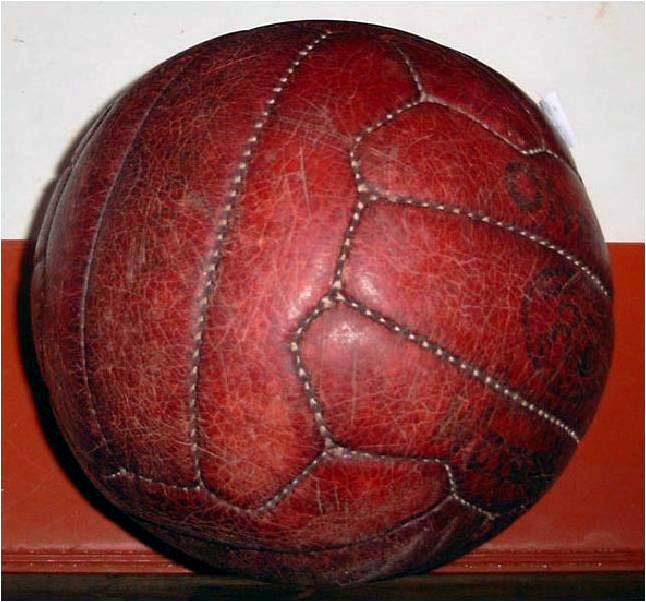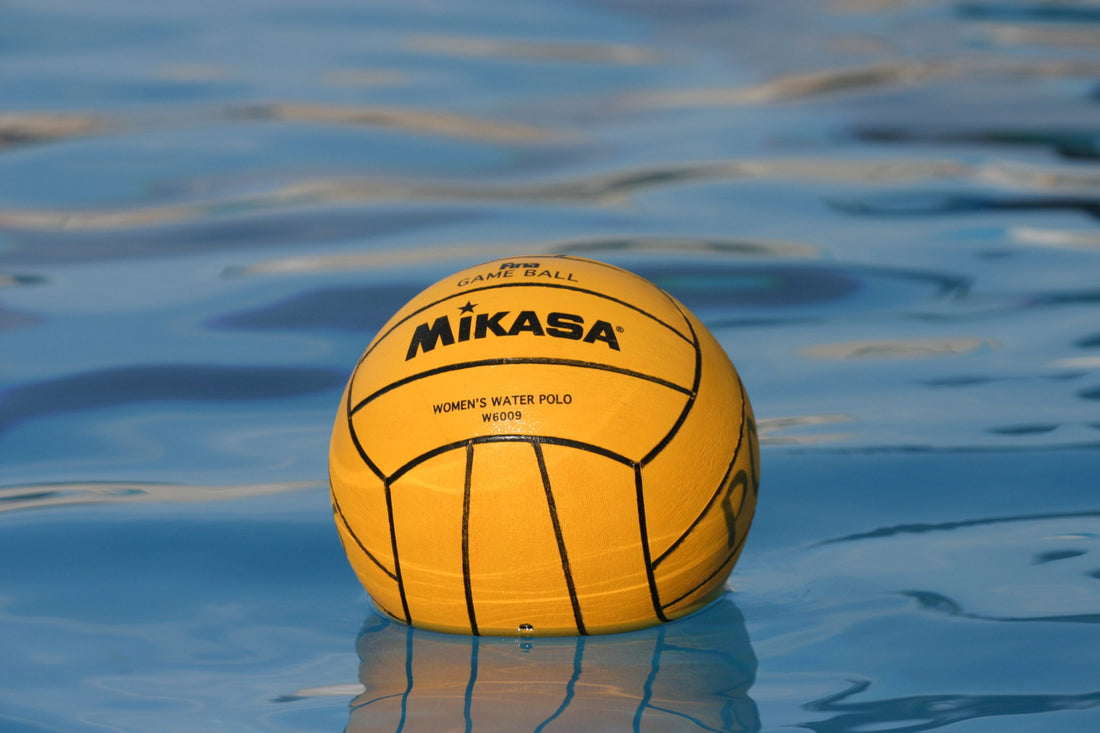Though it perhaps doesn't always get the recognition it deserves, water polo is one of the toughest sports in the world.
Branded water polo balls are a unique idea because throughout the game, players hold the ball up as though it's a trophy. This means your brand will be particularly prominent during a match. We thought it would be a good idea to give you a bit of an insight into just how these balls come to be.
History
Believe it or not, water polo balls actually used to be made out of leather. As we all know, leather absorbs water, so this was not the best of ideas. After years of playing with a ball which became wet, heavy and slippery during a game, a more appropriate ball was developed. 1936 was the all important year of change, when
James Smith developed the water polo ball used today. Essentially, this is a two-piece ball made of rubber. Lets go into more detail about the modern water polo ball.
 Water Polo Balls made of leather were perhaps not the best idea
Water Polo Balls made of leather were perhaps not the best idea
Inflatable Bladder
The first piece of today's two-piece water polo ball is the rubber inflatable bladder. This is similar to the core of a
Promotional Volleyball. The rubber core of a water polo ball enables the ball to remain light and therefore easier to handle. It is within this rubber core that the air of a pumped up water polo ball remain, with the rubber allowing for maximum air retention.
Rubber exterior
The outer layer of a volleyball is also made of rubber – logically, a waterproof material. This is stuck to the rubber core by a
sticky, mesh like material. The compact construction of these layers ensures no water is able to enter into the inner core of the ball. This allows for maximum performance throughout the course of a game. The exterior material also has a textured grip, to enable better ball handling by players. The official Olympic ball, made by
Mikasa, is predominantly yellow. Yellow has been the colour of a regulation volleyball for almost 100 years, and most believe this is due to its high visibility.
General features
The official men's water polo ball is around 71 centimetres in circumference, while for women it is 67 centimetres. On average, it weighs between 0.4 and 0.45 kilograms. Though the regulation volleyball is yellow, various leagues use different coloured balls, from green, to red, or blue.

 Water Polo Balls made of leather were perhaps not the best idea
Water Polo Balls made of leather were perhaps not the best idea


